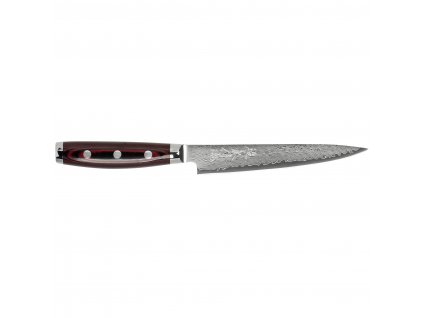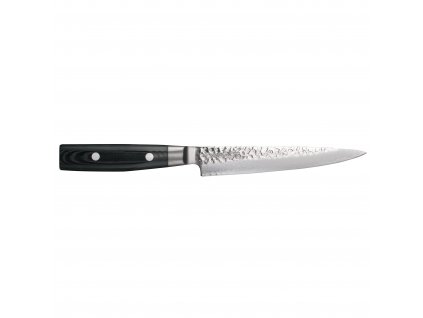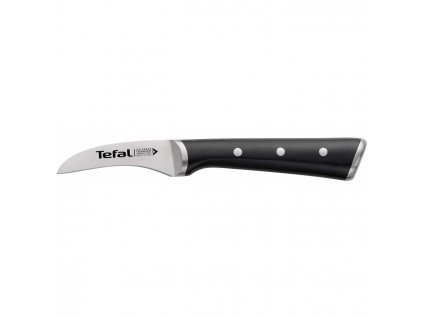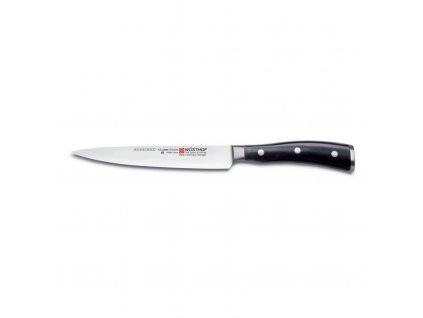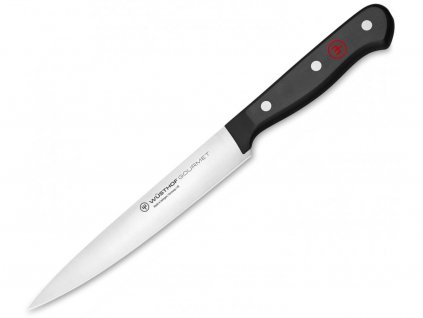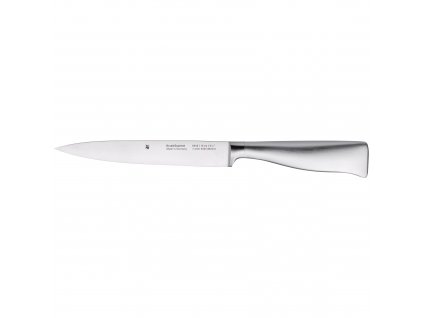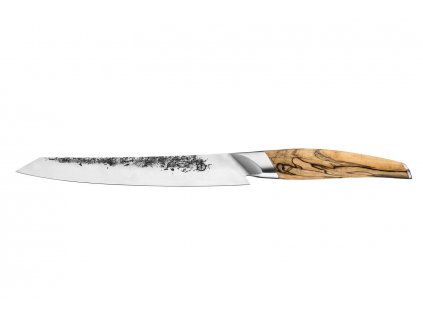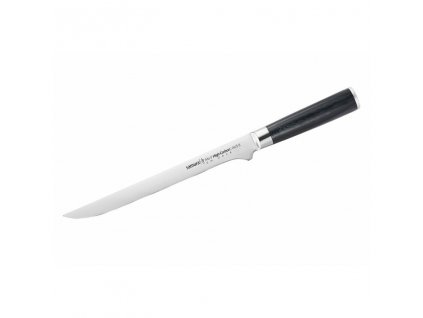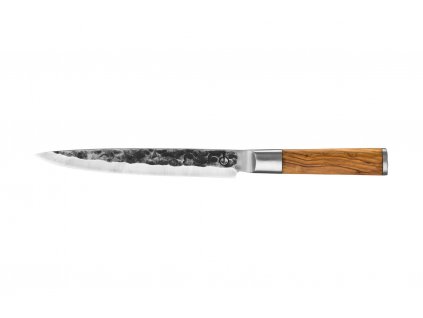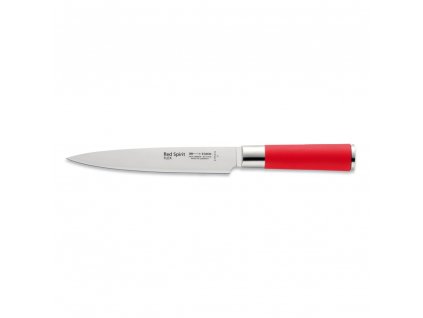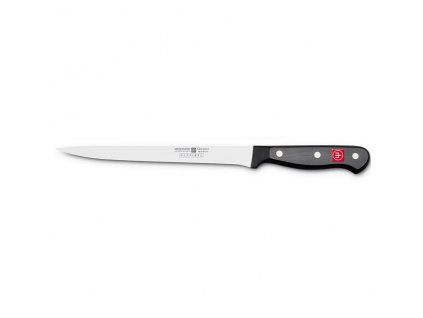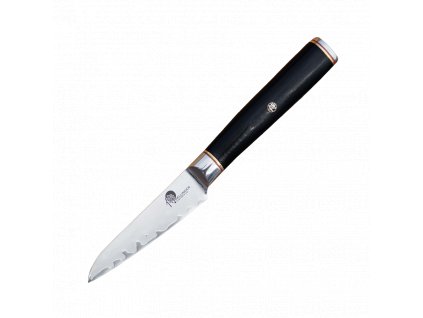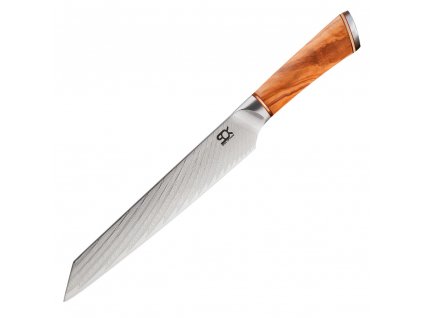Fillet knives
Fillet Knives – skin your fish seamlessly with our fillet knives
What is a fillet knife used for?
A filleting knife is a type of kitchen knife used for filleting. It is a member of the boning knife family and is specifically used to filet and prepare fish. A fish fillet knife is used to cut through skin, bone, and flesh when dissecting fish.
What distinguishes a filet knife from a boning knife?
Filleting knives are members of the boning knives family but their flexible and razor-sharp blades are designed for cutting fish and removing bones. Boning knives are better option for harder meats like pork, beef, or chicken.
How is a fish fillet knife sharpened?
A filleting knife's flexible blade requires a different kind of honing than other knives due to its flexibility. A fillet knife is sharpened from tip to heel in contrast to other knives that are sharpened from heel to tip.
To get the ideal sharpener for your fillet knife, you can check out our collection of knife sharpeners.
What makes a good filleting knife?
- material - make sure you choose a high-quality knife with a blade that won't rust easily
- blade length - one of a fillet knife's most crucial characteristics is its length. But the length of your knife should depend on the size of the fish you prepare most often. Choose a knife with a longer blade for larger fish, and a shorter one for a small catch
- thin and flexible blade - appropriate degree of flexibility of the blade will let you slice through the fillet with ease and make precise cuts
In Kulina you will find a large selection of premium filleting knives from well-known manufacturers like Wusthof and Forged and if you like fish make sure you check out our collection of salmon knives and seafood and fish cutlery.
You can also read our shopping guide on how to choose perfect knives for your kitchen here.
How to take care of your filleting knife?
Kitchen knives are quite an investment so if you want your fillet knife to last for ages, make sure you follow these simple rules for cleaning and storing your knives:
- knives are often dishwasher-safe but we recommend you clean your knife by hand as dishwasher detergents can damage the surface of a steel blade
- if a knife has a wooden handle, do not put it in the dishwasher
- to prevent wooden handles from becoming dry, regularly oil them with linseed oil or beeswax
- store your knife separately so that the blades do not get dull. Use a knife block or a knife case
- sharpen your knife regularly


